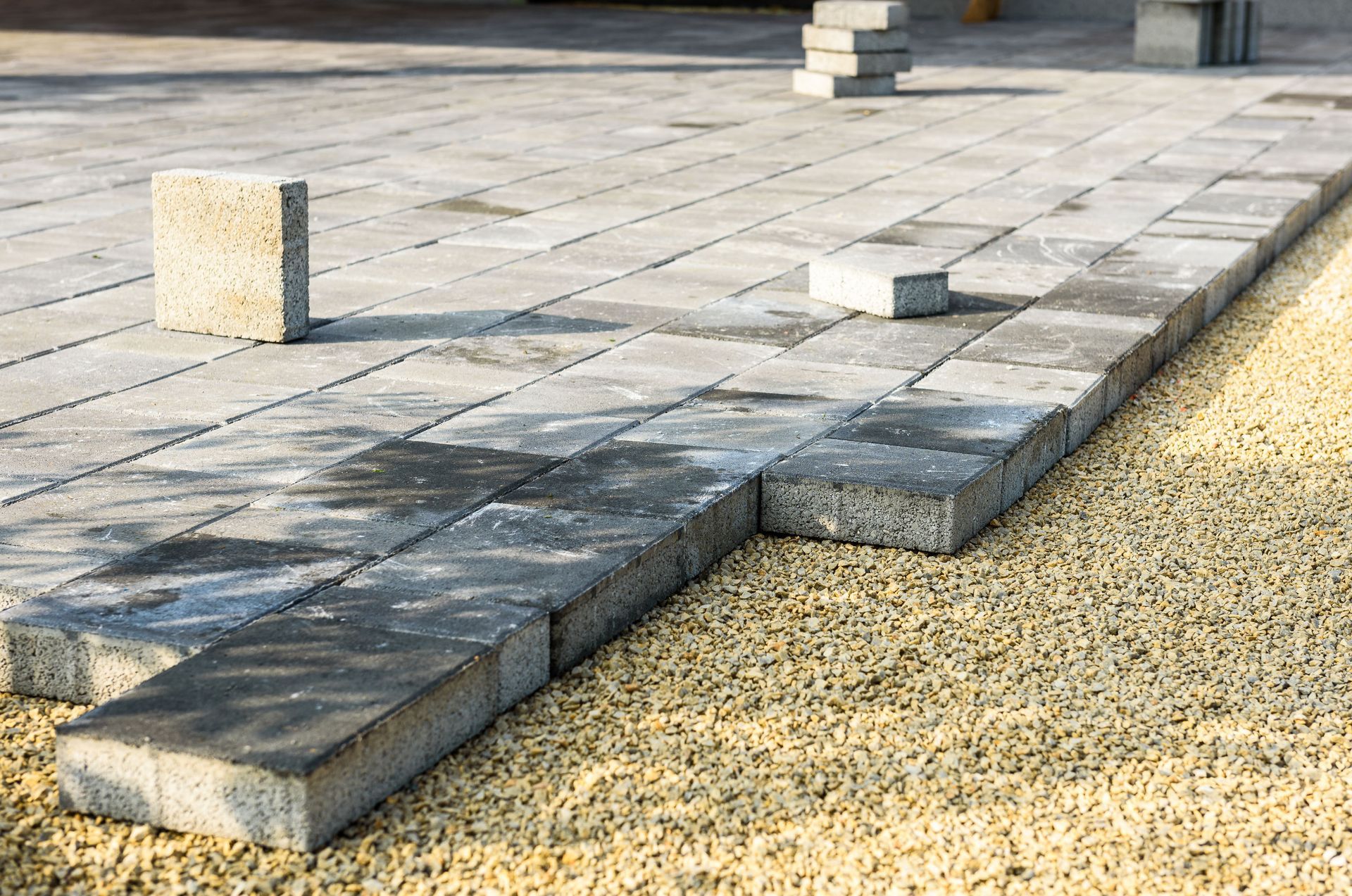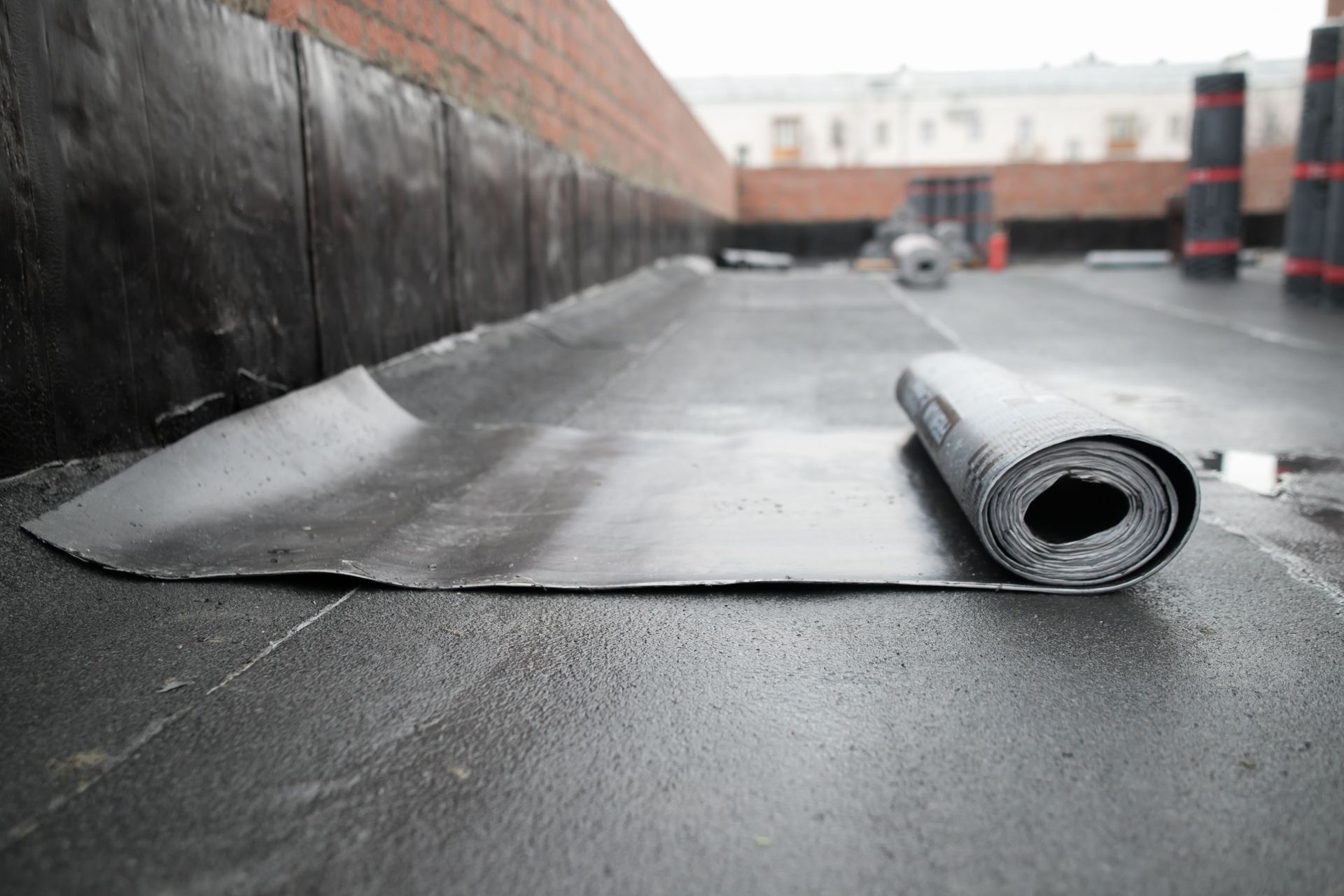August 19, 2025
Cracks in your foundation are more than just an eyesore—they can threaten the safety and stability of your home. Different types of cracks signal varying degrees of structural concern, and timely attention is essential. From minor hairline fractures to severe horizontal splits, each type requires a specialized approach. Fortunately, modern foundation services can quickly diagnose and repair these issues, protecting your home’s integrity and value. Understanding the signs and solutions allows homeowners to act before problems escalate.
Ignoring foundation problems can lead to costly repairs, water damage, and potential structural failure. Early intervention not only preserves the home’s safety but also maintains its market value and livability. Regular inspections and preventive measures are key strategies for long-term foundation health, ensuring peace of mind for every homeowner. Homeowners who act proactively can avoid emergencies and plan repairs in a timely, cost-effective manner, protecting their investment for years to come. Taking the time to educate yourself about common cracks, their causes, and available solutions empowers you to make informed decisions that keep your home safe, stable, and structurally sound.
1. Vertical Cracks
Vertical cracks run up and down the foundation walls, usually caused by natural settling or the curing of concrete. While generally less severe than other crack types, multiple vertical cracks can indicate uneven settling, which, if neglected, can worsen over time. Cracks wider than a quarter inch, or those that continue growing, should be addressed immediately. Misaligned doors or windows alongside vertical cracks are warning signs of foundation instability. Monitoring the width and progression of these cracks helps determine the underlying problem.
Professionals begin with visual inspections, measuring depth and width, and often use crack monitors to track changes over time. This data guides them in choosing the most effective repair strategy. Epoxy injections can seal minor cracks, preventing moisture penetration, while polyurethane injections offer flexibility in areas prone to freeze-thaw cycles. For significant vertical cracks, underpinning may be necessary to stabilize the foundation. Prompt repair preserves both safety and property value.
Maintaining proper drainage and grading soil away from the home reduces the risk of recurrence. Regular inspections, clean gutters, and balanced landscaping prevent water pooling, mitigating future vertical cracks.
2. Horizontal Cracks
Horizontal cracks typically result from soil pressure against the foundation, caused by poor drainage or frost heaving. These cracks often indicate significant structural stress and require immediate attention. Left unaddressed, horizontal cracks can compromise load-bearing capacity, cause wall bowing, or even collapse. They also permit water infiltration, increasing the risk of mold and interior damage.
Technologies like ground-penetrating radar and laser scanning provide precise measurements of crack width and depth. Regular foundation inspections help catch issues early, allowing foundation services to target repairs effectively. Wall anchors, steel bracing, and carbon fiber strips reinforce affected areas. In severe cases, foundation wall replacement may be required. Each method aims to stabilize the structure and prevent further horizontal cracking.
Maintaining proper drainage and periodically clearing gutters reduces soil pressure against foundations. Installing interior or exterior drainage systems and performing routine inspections can safeguard against future horizontal cracks.
3. Diagonal Cracks
Differential settlement, often caused by poor soil compaction, erosion, or fluctuating moisture levels, results in diagonal cracks. Environmental factors such as heavy rainfall or drought can worsen these cracks. Uneven floors, sticking doors, or misaligned window frames often accompany diagonal cracks. Early detection is key to preventing more extensive damage.
Foundation experts measure cracks, monitor their progression, and conduct soil testing to assess stability. Digital measurement tools may also be used to track subtle changes, ensuring accurate diagnosis. Epoxy or polyurethane injection can bond the concrete, while underpinning or helical piers redistribute weight to address settling. Correcting drainage and soil conditions prevents recurrence. Foundation services tailor these methods to the home’s specific needs.
After repairs, homeowners should monitor for new cracks, maintain landscaping, and schedule professional check-ups to preserve long-term stability. Proactive care prevents small cracks from becoming structural hazards.
4. Stair-Step Cracks
Stair-step cracks appear in brick or block foundations, resembling a staircase. They usually result from soil movement and uneven settling, especially in clay-rich soil that expands and contracts with moisture changes. If left untreated, these cracks can separate blocks, destabilize walls, and potentially lead to partial collapse. Moisture infiltration may also promote mold growth. Professional intervention is critical to maintain structural integrity.
Experts inspect crack patterns, measure progression, and perform soil tests. Cameras may be used to evaluate hidden damage, allowing for a detailed understanding of underlying issues. Carbon fiber reinforcements, wall anchors, or piers can correct alignment and stabilize the structure. Severe cases may require partial rebuilding. Each approach aims to restore strength and longevity.
Robust drainage, proper soil compaction, and controlled moisture around the foundation prevent recurrence. Regular inspections and professional guidance help identify issues before they escalate.
5. Foundation Slab Cracks
Foundation slab cracks often result from poor subgrade compaction, shifts in soil, or rapid concrete drying. Environmental factors like severe weather or seismic activity can exacerbate cracking. Professional inspections evaluate crack width, depth, and location. Cracks wider than 1/4 inch warrant prompt repair, as they may affect the foundation’s load-bearing capacity.
Experts assess interior and exterior surfaces, use laser-guided tools for precise measurement, and employ moisture meters or thermal imaging to detect problem areas. This ensures a comprehensive repair plan. Minor cracks can be treated with epoxy or polyurethane injections. Slab jacking or mudjacking corrects settlement issues, while severely damaged areas may require partial replacement or piers. Foundation services implement these strategies to restore strength.
Proper drainage and landscaping reduce moisture-related soil shifts. Routine monitoring and inspections prevent new cracks, ensuring the longevity of repaired slabs.
6. Hairline Cracks
Hairline cracks are common in new concrete, often caused by shrinkage during drying. While generally cosmetic, they provide pathways for moisture that can worsen over time. According to This Old House, cracks wider than 1/4 inch or those growing over time should be evaluated promptly. Even minor hairline cracks can allow water infiltration, leading to mold or larger structural issues.
Specialists perform detailed inspections, using magnification tools and monitoring indicators to track progression. Soil and foundation conditions are considered to determine potential risks. Sealants can fill minor cracks, while epoxy or polyurethane injections strengthen the foundation. In some cases, underpinning or soil amendments may be necessary. Timely repairs prevent hairline cracks from escalating.
Regular inspections, proper drainage, and scheduled professional check-ups ensure long-term foundation stability. Proactive maintenance prevents recurring issues and protects the home’s structural integrity.
Cracks in the foundation—from vertical to stair-step, slab, or hairline—require timely and professional attention. Foundation services provide fast, effective solutions that safeguard your home's structure and value. Regular inspections, proper maintenance, and proactive repairs can prevent minor issues from becoming major problems in the future. When it comes to the very foundation of your home, do not leave things up to chance.
Homeowners should stay vigilant for early signs of foundation distress and address them promptly to avoid costly damage. Investing in professional evaluation and repair not only ensures long-term safety but also protects the home’s market value. Acting quickly and relying on expert foundation services is the most effective way to maintain a strong, stable, and secure home environment. Protect your home today—contact Advanced Systems of Kansas City, Inc. for fast, reliable foundation services and ensure your property remains safe and structurally sound.



